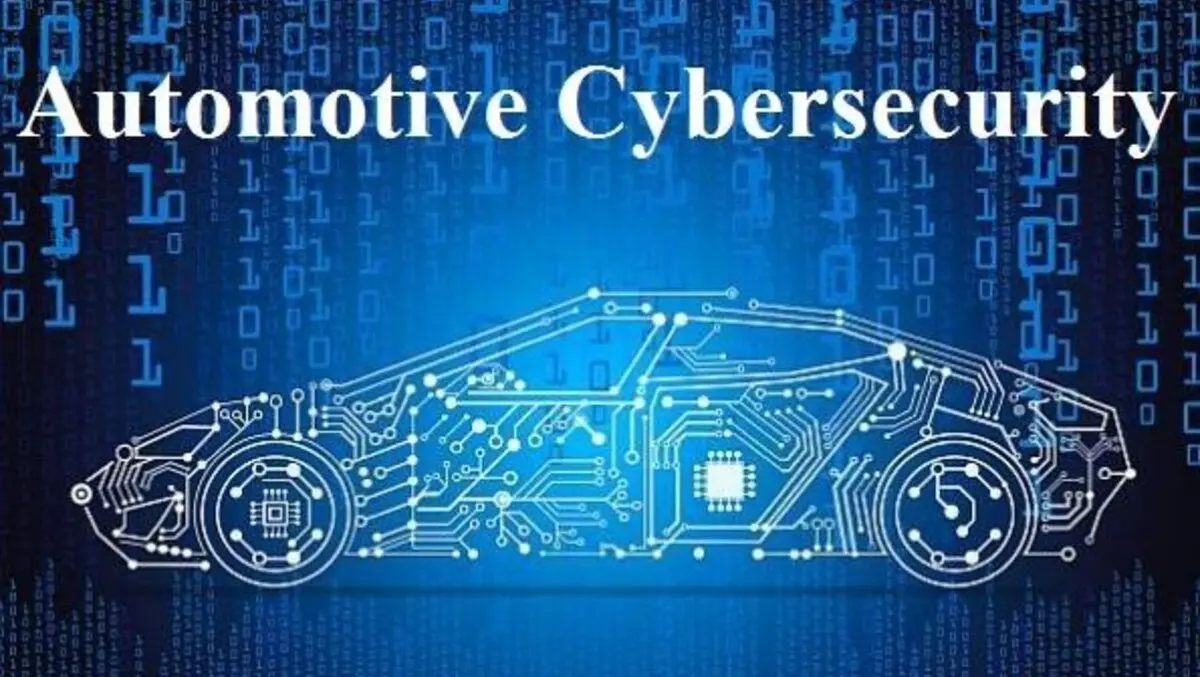
Automotive cybersecurity grows as smart vehicles face new threats
The increasing integration of digital technologies in vehicles has heightened the importance and complexity of cybersecurity within the automotive sector.
Modern smart vehicles rely heavily on sensors, connectivity modules, artificial intelligence, and over-the-air updates, enabling features such as autonomous driving and advanced infotainment systems.
These vehicles, once considered isolated machines, now function as data-rich, internet-connected units that actively communicate with external networks and cloud infrastructure.
This digital transformation has brought considerable convenience to consumers, yet has also introduced a range of cybersecurity threats. With millions of lines of code and complex interconnected systems, modern vehicles present multiple potential points of entry for attackers, increasing the scope for software vulnerabilities and risks associated with unauthorised access to vehicle systems or personal data.
Threat landscape
The automotive sector's expanding digital footprint has made it susceptible to attacks targeting various vehicle components. For example, Vehicle-to-Everything (V2X) communication allows cars to interact with each other and with infrastructure, but these open channels could be exploited by malicious actors. Telematics systems, which manage vehicle tracking, maintenance updates, and driver behaviour analytics, are frequent targets for data breaches. Infotainment and mobile app integration further broaden the attack surface, with their connectivity to external smart devices and the internet.
Another risk area is the electronic control units (ECUs), with most modern vehicles containing over 100 such units that manage essential functions. If any of these are compromised, the integrity of the entire vehicle system may be threatened.
The urgency for automotive cybersecurity frameworks is increasingly evident as the risks now extend beyond reputational or financial damage to possible impacts on road safety and human life.
In this context, cybersecurity in smart vehicles is considered both a technological and public safety imperative.
Market developments
Demand for connected and autonomous vehicles has driven significant growth in the automotive cybersecurity market.
According to Persistence Market Research, this sector is set for rapid expansion, fuelled by regulatory requirements, greater consumer awareness, and the growing surfaces for cyberattack as technology advances through the industry.
The report notes that car manufacturers and Tier 1 suppliers are investing more in cyber-resilience, seeking to protect brand trust and to comply with new regulations. These include standards such as the UNECE WP.29, which mandates cybersecurity management systems throughout a vehicle's lifecycle for new vehicle types, and ISO/SAE 21434, which sets out guidelines for identifying and addressing cybersecurity risks at every stage from design and production to operation and decommissioning.
Persistence Market Research's analysis highlights strategic investment trends, stating that manufacturers "are accelerating investments in cyber-resilience, emphasizing the strategic importance of cybersecurity in maintaining brand trust and compliance with evolving regulations like the UNECE WP.29 and ISO/SAE 21434 standards."
Cybersecurity strategies
Automotive manufacturers and technology providers are increasingly adopting a multi-layered approach to security. Key methods include establishing secure-by-design architectures, embedding cybersecurity from the earliest stages of vehicle development. This involves integrating encryption, secure boot processes, and strict access controls to create systems that are more resistant to attack.
Real-time intrusion detection systems (IDS) are also used to continuously scan for irregular or suspicious activity.
These solutions analyse both network traffic and system logs in order to detect anomalies and enable swift response to threats.
Over-the-air (OTA) software updates have become crucial for providing prompt fixes for vulnerabilities discovered post-production, helping manufacturers to keep vehicle security measures current without requiring motorists to visit service centres.
To address the risk of a compromise in any single ECU, endpoint security protocols are being instituted, combining secure gateways, isolation methods, and anomaly detection. This approach reduces the risk that a breach of one component could cascade across the entire vehicle's systems.
Industry-wide collaboration is also considered essential. As highlighted by Persistence Market Research, "Automakers must collaborate with cybersecurity experts, standards bodies, and governments to share threat intelligence and develop industry-wide protocols. Public-private partnerships and information-sharing initiatives are essential to staying ahead of evolving threats."
Regulatory focus
Regulatory bodies globally are enforcing stricter cybersecurity requirements. Compliance is increasingly seen not only as a legal necessity but also as a means to differentiate brands on the basis of safety and trustworthiness.
As the report notes, "Compliance with these standards is not just a regulatory requirement but also a competitive differentiator. Brands that prioritise cybersecurity demonstrate commitment to safety and gain consumer trust."
Industry challenges
The move towards enhanced cybersecurity presents several obstacles.
Many vehicles on the roads today operate with legacy software or hardware lacking modern security features. There are also cost considerations, with the addition and maintenance of cybersecurity defences increasing manufacturing expenses.
The skills gap is a further issue, as there is a shortage of professionals with expertise bridging both automotive technology and IT, as well as challenges relating to supply chain security, as many components are sourced from external suppliers.
Future outlook
As developments in electric vehicles, autonomous driving, and smart infrastructure continue, automotive cybersecurity solutions are expected to evolve accordingly.
New approaches such as artificial intelligence-powered threat detection, blockchain for secure transactions, and quantum-resistant encryption are currently under exploration.
Privacy and data protection features are likely to assume greater prominence as consumers become more privacy-conscious. These features are anticipated to play a significant role in influencing vehicle purchasing decisions and brand loyalty.
"In the race toward autonomous and connected mobility, automotive cybersecurity is the invisible force protecting lives and infrastructure. The challenges are significant, but so are the opportunities to innovate and lead. Automakers that take proactive steps today—adopting secure-by-design principles, investing in real-time monitoring, and collaborating with cybersecurity firms—will define the future of safe, digital mobility."


